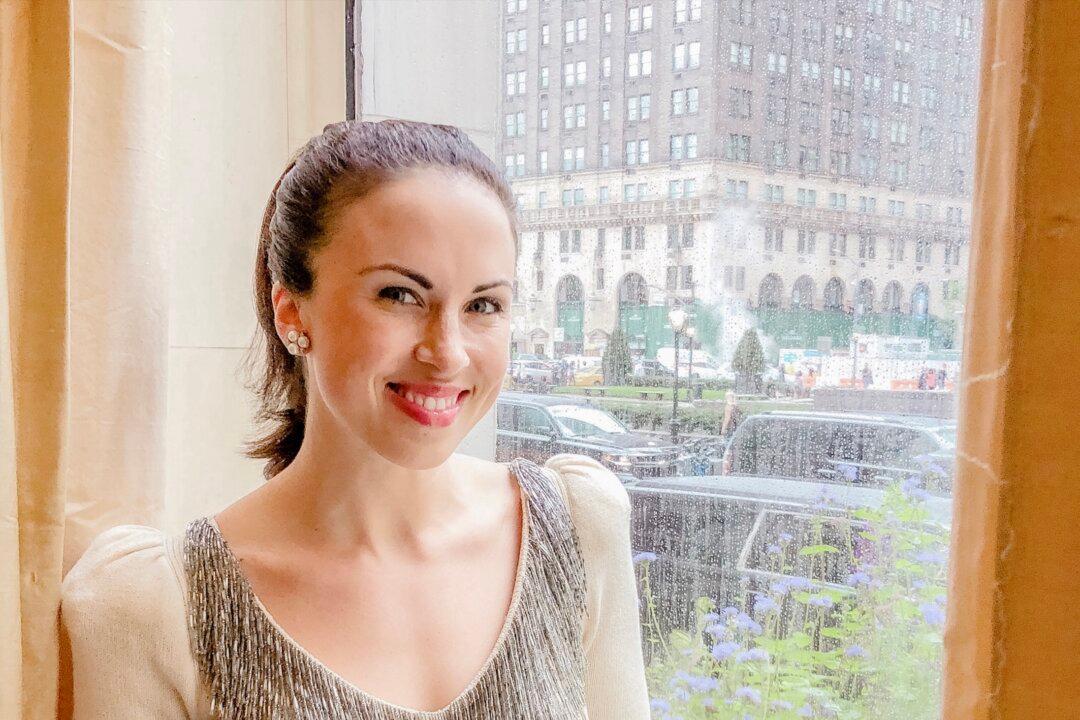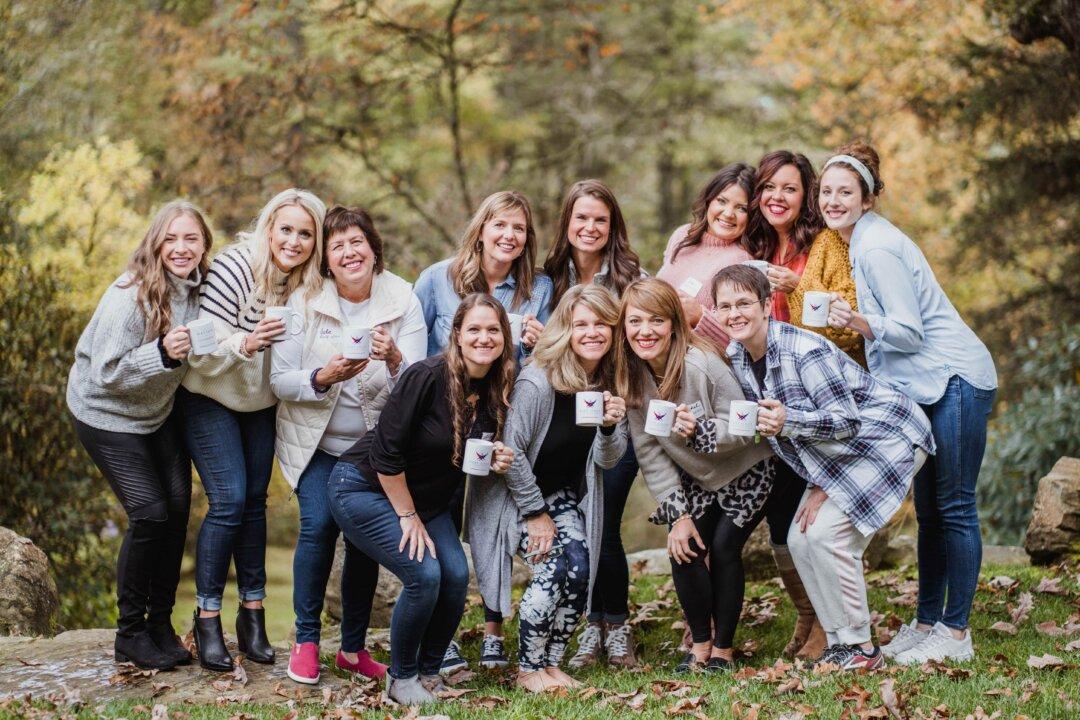Myka Meier, founder of Beaumont Etiquette and the Plaza Hotel Finishing Program, knows first-hand that knowledge of the codes of etiquette does not come automatically. “If I can learn it, anyone can!” she laughed. Bright-eyed, lively, and smiling, her exquisite poise is familiar to anyone who has watched her short, fun, and informative YouTube videos. Despite having a natural grace that many might consider unattainable, Meier’s humor and openness gives her warmth and makes her relatable—and makes the rules of etiquette seem easy.
She believes that they are! She offers classes through her New York-based international etiquette school; has a YouTube channel providing tips on how to tie a scarf, how to withdraw from toxic relationships, and how to drink tea properly; and has published two books on etiquette, the first of which sold out in 24 hours. Her business is thriving, and people are hungry for more. So, what is she teaching, and how is she teaching it, that makes something apparently so old-fashioned seem relevant, meaningful, and necessary?





